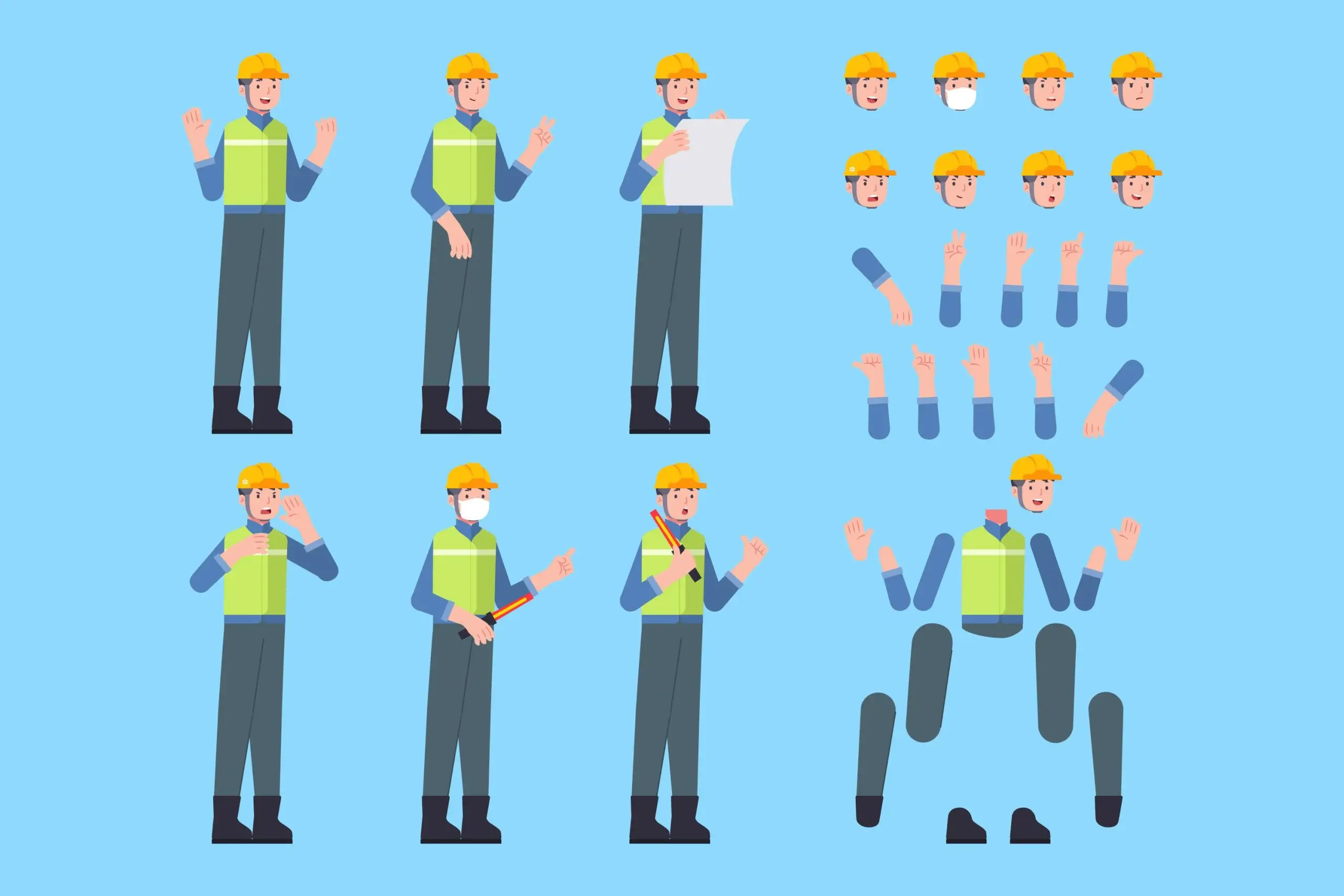Worker Man 2D | 3D CAD Model: Bridging Concepts to Construction

Worker Man 2D | 3D CAD Model: Bridging Concepts to Construction
In today’s engineering and design fields, one of the most common problems faced by both students and professionals is the lack of realistic human representation within technical drawings and CAD projects. Without scale figures, it becomes difficult to visualize how workers will move, operate machinery, or interact with construction environments. This creates uncertainty in fabrication layouts, safety planning, and ergonomic design. The Worker Man 2D | 3D CAD Model solves this issue by offering scalable, accurate, and practical models that can be integrated into projects at every stage—from concept to execution.
Why Worker Man Models Are Important in Engineering
The Worker Man 2D | 3D CAD Model is not just an illustration; it is a critical design tool. In 2D drafting, these models act as visual guides to ensure that equipment layouts, pathways, and assembly zones are planned with real human dimensions in mind. In 3D CAD modeling, Worker Man figures allow designers to test ergonomics. This validates space usage, and confirm accessibility before construction or manufacturing begins.
For student engineers, Worker Man models serve as learning resources that demonstrate how technical theory applies to human-centered design. For professionals, they provide consistent, reliable elements that reduce miscommunication in cross-disciplinary projects.
From 2D to 3D: Overcoming Design Challenges
One of the biggest engineering design challenges is bridging the gap between 2D technical drawings and fully interactive 3D simulations. Traditional 2D plans are excellent for communicating measurements, but they often lack context about real-world usability. This is where the Worker Man 2D | 3D CAD Model proves invaluable:
- In 2D CAD drafting, it gives immediate visual feedback on scale and proportion.
- In 3D CAD environments, it allows engineers to run simulations, test scenarios, and predict worker interactions with machinery or structures.
- In BIM software projects, it enhances coordination by showing how people will actually use the designed space.
This dual functionality makes Worker Man models powerful teaching and professional tools.
Practical Applications Across Industries
The versatility of Worker Man CAD models means they are widely used in different engineering and construction settings:
- Construction Planning – Worker Man 2D models help architects and engineers ensure that structural shop drawings accommodate proper spacing and accessibility.
- Mechanical Design – In mechanical component layouts, Worker Man 3D models can simulate operator interaction, reducing the risk of safety hazards.
- Fabrication Layouts – Human models make it easier to identify bottlenecks in production workflows, ensuring efficiency on the shop floor.
- BIM and AEC Packages – By incorporating Worker Man models, project teams can validate human comfort, safety, and usability in large-scale projects.
These applications highlight how Worker Man figures go beyond simple placeholders. They directly contribute to better outcomes, fewer errors, and safer designs.
Benefits for Students and Professionals
For student engineers, integrating the Worker Man 2D | 3D CAD Model into practice provides a head start in understanding the link between 2D drafting and real-world ergonomics. It prepares them for industry standards and enhances their portfolio projects.
For professionals, the models save time, improve communication with stakeholders, and increase accuracy in project execution. A client or manager who sees a 3D model with worker figures immediately understands how the design will function in practice, reducing the need for lengthy explanations.
Conclusion: Worker Man as a Bridge Between Theory and Practice
The Worker Man 2D | 3D CAD Model is more than a design asset—it’s a bridge between engineering theory and practical application. By embedding realistic human figures into technical drawings, CAD layouts, and BIM workflows, engineers can solve critical design challenges before they become costly mistakes.
Whether you are a student learning the basics of 2D drafting, or a professional delivering complex fabrication layouts in BIM software, it does not matter. The Worker Man models are a reliable tool to ensure accuracy, safety, and innovation in your projects.
Engineering design will always involve challenges—but with the right digital resources, those challenges become opportunities for smarter solutions.
For more, visit JebCAD
